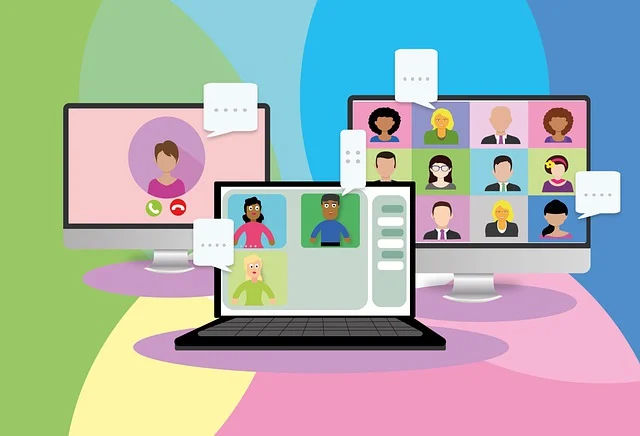10 Common Mistakes in Conference Calls to Avoid
Conference calls have become a vital part of modern business communication, offering convenience and connecting teams across different locations. However, despite their benefits, many participants make avoidable mistakes during these calls, which can hinder effective communication and disrupt the flow of discussions. Here are 10 common mistakes to avoid in conference calls:
1. Poor Preparation
Failing to prepare adequately for a conference call is one of the most common mistakes. Participants should ensure they have reviewed the agenda, gathered any necessary materials, and are familiar with the topics of discussion. Preparation helps participants contribute meaningfully to the conversation and prevents awkward pauses or confusion.
2. Not Testing Technology
Technical difficulties are an inevitable part of virtual communication, but they can be minimized with proper testing. Ensure that your microphone, speakers, and internet connection are working properly before the call. Testing the technology in advance helps avoid disruptions during the meeting and ensures a smooth experience for all.
3. Talking Over Others
In a conference call, multiple people may want to speak at the same time, leading to confusion. Interrupting or talking over others can be frustrating for participants and make it difficult to follow the conversation. To avoid this, wait for the speaker to finish before responding and use features like “raise hand” or “mute/unmute” to manage who is speaking.
4. Not Muting the Microphone
Background noise can be disruptive during a call, especially if multiple people are in the same location or a noisy environment. Always mute your microphone when you’re not speaking to prevent unnecessary distractions. This is one of the simplest and most effective ways to maintain a clear line of communication.
5. Multitasking
While it may seem tempting to check emails, write reports, or engage in other tasks during a conference call, this is a mistake. Multitasking takes your focus away from the discussion, leading to missed information and misunderstandings. Give the call your full attention to ensure you contribute effectively and stay engaged with the conversation.
6. Ignoring Time Zones
When scheduling a conference call with participants in different time zones, it’s crucial to verify the time difference and ensure that everyone is available at the designated time. Ignoring time zones can lead to confusion, missed calls, or delayed participation, which can disrupt the meeting’s flow.
7. Overloading the Agenda
An agenda that is too long or overloaded with topics can lead to confusion, disorganization, and a lack of focus during the call. Keep the agenda concise and prioritize key points to ensure that the meeting stays on track and relevant to all participants.
8. Not Participating Actively
Conference calls often lack the face-to-face interaction that allows for nonverbal cues and engagement. If you are passively listening and not contributing to the conversation, it can feel disconnected. Actively participate by asking questions, offering insights, and engaging with others’ ideas to foster a productive discussion.
9. Not Following Up
After a conference call, it’s essential to follow up on any action items or points discussed. Failing to do so can cause confusion and hinder the implementation of decisions made during the meeting. Send a summary email to all participants, highlighting key takeaways and next steps.
10. Being Late
Being late for a conference call is disruptive and disrespectful to the participants who are on time. It can delay the meeting and lead to a loss of valuable discussion time. Set reminders, join the call a few minutes early, and ensure you are ready to start promptly.
Conclusion
Conference calls, while efficient, come with their own set of challenges. Avoiding these common mistakes can ensure smoother, more effective communication. By preparing adequately, staying engaged, and managing the technology and logistics well, you can contribute to more productive and professional virtual meetings.
